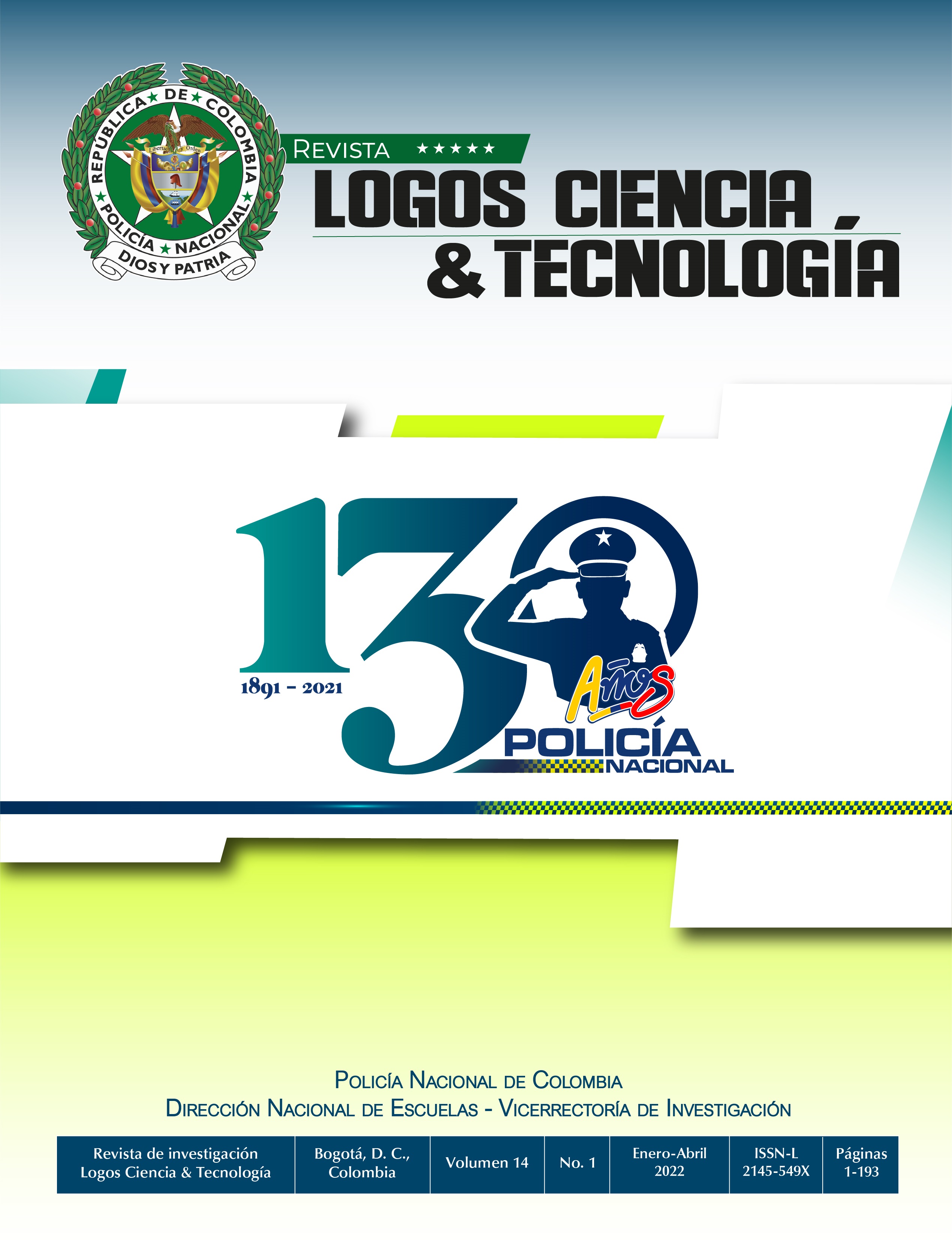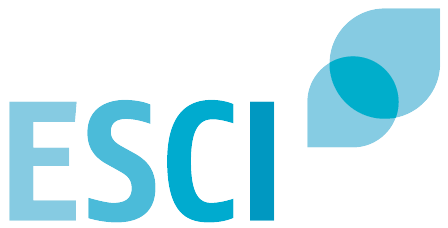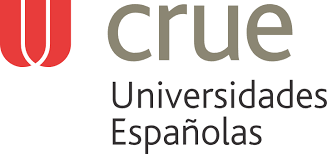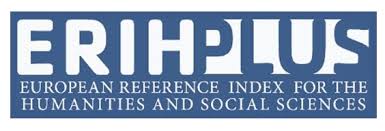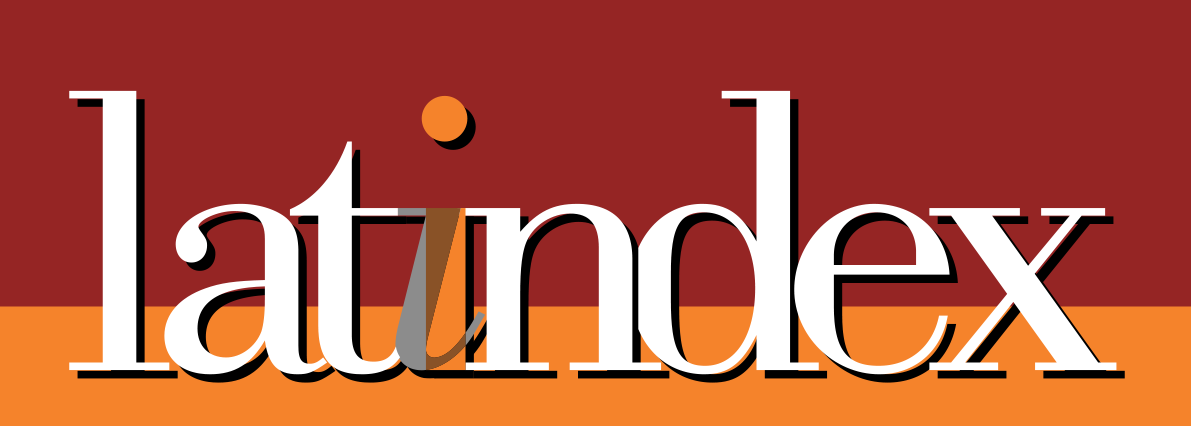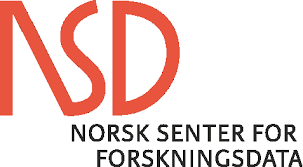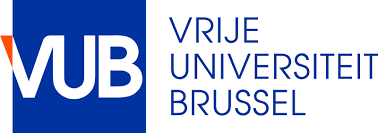Cultural dimensions and sustainability as factors of citizen coexistence. A comparative study between countries
DOI:
https://doi.org/10.22335/rlct.v14i1.1453Keywords:
Institutions, Culture, Sustainability, Peaceful Coexistence, EnvironmnetAbstract
The objective of the article is to determine the relationship between citizen coexistence, care for the environment and cultural dimensions, based on a documentary study of secondary sources, among them, the Environmental Performance Index (EPI) of 2020 and the dimensions of the Hofstede culture of 2020. The methodology is quantitative with correlational scopes; the sample includes countries with high environmental performance, two with medium and low environmental performance, but with very high GDP, such as the United States and China, respectively, and countries of the Pacific Alliance. The results show the relationship between citizen coexistence, the institutions or cultural dimensions, and EPI. Although the variables are correlated, the changing dynamics of institutional aspects imply a diachronic analysis in specific contexts and the need of further deep research. Neverheless, while the literature on institutional and sustainability theory is prolific, the proposed correlation of variables is unedited. In conclusion, the environment is transversal to coexistence, and factors as individualism and long-term orientation promote it, while the power distance and the decrease of uncertainty, condition it.
Downloads
References
Adegbite, O., Simintiras, A., Dwivedi, Y., & Ifie, K. (2018). Organisational Adaptations: A Pluralistic Perspective. Springer: A Complementary PLS–SEM Approach.
Aragon, J. Pardo, M., & Roig, S. (2016). La influencia de desarrollo de las instituciones en la decisión de creación de empresa: Una visión cognitiva. Revista de investigación empresarial.
Baumol, W.J. & Blinder, A. (2008). Macroeconomía: principios y política. Cincinnati, OH: suroeste.
Castillo, L. (2015). Conflictos ambientales y movimientos sociales: el caso del movimiento embera katío en respuesta a la construcción de la represa Urrá (1994-2008). Memoria y Sociedad, 19(39), 94-105.
Chavarro, D., Vélez, M., Tovar, G., Montenegro, I., Hernández, A., & Olaya, A. (2011). Los objetivos del desarrollo sotenible en Colombia y el aporte de la ciencia, la tecnología y la innovación. Documento de trabajo.
Cubillos, L. (2015). Los estudios socioculturales como estrategia académica para la comprensión de las problemáticas ambientales del territorio. Ambiente y Sostenibilidad, (5), 36-42.
Echevarría, L., Lopera, C., Morales, N., Urán, S. y Arango, C. (2012). Sistema de información para la seguridad y la convivencia: Una buena práctica en análisis delictual para la ciudad de Medellín, Colombia. En F. P. Ciudadana, Buenas prácticas para el análisis delictual en América Latina 2012 (pp. 75-86). Medellín.
Environmental Performance Index. (2020). https://epi.yale.edu/
Estrin, S., Korosteleva, J., & Mickiewicz, T. (2013). Which institutions encourage entrepreneurial growth aspirations? Journal of Business Venturing, 28 (4), 564-580.
Evans, P. (2004). Development as institutional change: The pitfalls of monocropping and the potentials of deliberation. Studies in Comparative International Development, 38, 30–52.
Fals Borda, O. (1999). Orígenes universales y retos actuales de la IAP. Análisis Político, (38), 73-90.
Fals Borda, O. (2000). El territorio como construcción social. Revista Foro, 38, 45-58.
Foladori, G. & Naína, P. (2005). ¿Sustentabilidad? desacuerdos sobre el desarrollo sustentable. Colección América Latina y el nuevo orden mundial. México, Eds. Miguel Ángel Porrúa, UAZ, Cámara de Diputados LIX Legislatura.
Gallén, M. & Peraita, C. (2016). Información de responsabilidad social corporativa y teoría institucional. Intangible Capital, 12 (4), 942-977.
Glaeser, E., La Porta, R. y Lopez-de-Silanes, F. (2004). Do Institutions Cause Growth? Journal of Economic Growth, 9, 271-303.
Gorodnichenco, Y. & Roland, G. (2017). Cultura, instituciones y la riqueza de las naciones. Review of Economics and Statistics, 99(3), 402 – 416.
Hall, S., Walsh, C., Restrepo, E., & Vich, V. (2013). Sin garantías: trayectorias y problemáticas en estudios culturales. Quito: Corporación Editora Nacional, CEN; Universidad Andina Simón Bolívar, Sede Ecuador; Pontificia Universidad Javeriana. Instituto de Estudios Sociales y Culturales Pensar; Instituto de Estudios Peruanos.
Harris, M. & Orna J. (2007). Antropología Cultural, 7ª edición. Pearson.
Hofstede Insights. (2019). Compare countries. https://www.hofstede-insights.com/product/compare-countries/
Hofstede, G. (1997). Culture and Organizations Software of the Mind. Mc Graw Hill. https://seryactuar.files.wordpress.com/2015/08/3-culturas-y-organizaciones-hofstede.pdf
Hofstede, G. (2001). Culture’s consequences: Comparing values, behaviors, institutions and organizations across nations. Sage Publications.
Hofstede, G. (2011). Dimensionalizing Cultures: The Hofstede Model in Context. Psychology and Culture, 2(1), 1 -26. https://doi.org/10.9707/2307-0919.1014
IPC, 2019. https://www.transparency.org/es/news/cpi-2019-global-highlights
Kalathil, S. (2017) Beyond the Great Firewall: How China Became a Global Information Power, Cima, National Endowment for Democracy. https://www.cima.ned.org/wp-content/uploads/2017/03/CIMA-Beyond-the-Great-Firewall_150ppi-for-web.pdf
Leff, E. (2004). Racionalidad ambiental. La apropiación social de la naturaleza. Siglo XXI Editores. Leff, E. (2008). Discursos Sustentables. Siglo XXI Editores.
León, C., Rueda, H., & González, C. (2020). Instituciones formales, desarrollo humano y emprendimiento: un estudio comparativo entre países con alto nivel de desarrollo y los países de la Alianza del Pacífico. AD-minister, (36), 45-66.
López, E. & Ancona, I. (2005). Desarrollo sustentable o sostenible: una definición. Horizonte sanitario, 7.
Lozano, F. H. (ed). 2009. Herramientas de manejo para la conservación de biodiversidad en paisajes rurales. Instituto de Investigación de Recursos Biológicos Alexander von Humboldt y Corporación Autónoma Regional de Cundinamarca (CAR).
Meadows, D. H., Meadows, J., Randers, W.W., & Beherens, I. (1972). Los límites del crecimiento. Fondo Cultura Económica.
Morin, E. (2006). El Método VI: Ética. Ediciones Cátedra.
Michalinos, Z., Costandina, Ch., Panayiota, Ch., & Panayiota, K. (2011). Promoting peaceful coexistence in conflict-ridden Cyprus: Teachers’ difficulties and emotions towards a new policy initiative. Teaching and Teacher Education, 27(2): 332-341.
North, D. (2010). Instituciones cambio institucional y desempeño económico. Fondo de Cultura Económica.
Organización para la Cooperación y el Desarrollo Económico [OCDE] (2019). https://www.educacionyfp.gob.es/dam/jcr:b8f3deec-3fda-4622-befb-386a4681b299/panorama%20de%20la%20educaci%C3%B3n%202019.pdf
Ostrom, E., & Cox, M. (2010). Moving beyond panaceas: a multitiered diagnostic approach for social ecological analysis. Environmental conservation, 37(4), 451-463.
Ostrom, E. (2011). El gobierno de los bienes comunes. La evolución de las instituciones de acción colectiva. UNAM / IIS /CRIM / FCE.
Oyserman, D. & Lee, S. (2008). Diversidad étnica y preferencias por la redistribución. Boletín psicológico, 134 (2), 311–342.
Sáenz, E. (2007). La ofensiva empresarial: industriales, políticos y violencia en los años 40 en Colombia. Universidad Nacional de Colombia.
Sorman, G. (2006). China: el imperio de las mentiras. Ed. Sudamericana, 1ª ed.
Torrente, D. (1998). La sociedad policial: Poder, trabajo y cultura en una organización local de policía. Primera edición. Centro de investigaciones Sociológicas, en coedición con la Universidad de Barcelona.
Torres Carrillo, A. (2009). Vigencia y perspectivas de la investigación participativa. MEDIACIONES, 7(9), 173-183. https://doi.org/10.26620/uniminuto.mediaciones.7.9.2009.173-183
Unión Interparlamentaria y ONU (2014). Mujeres en la política: 2014. http://www.unwomen.org/es/what-we-do/leadership-and-political-participation/facts-and-figures#sthash.fb9zi20n.dpuf
Welter, F. & Smallbone, D. (2011). Perspectivas institucionales sobre el comportamiento empresarial en entornos desafiantes. Journal of Small Business Management, 49 (1), 107-125.
Wendling, Z.A., et al., (2020). A Scalable Energy-Economy Model for State-Level Policy Analysis Applied to a Demand-Side Management Program. Economic Development Quarterly, 34 (4): 372-386.
Williams, C. & Shahid, M. (2016). Emprendimiento informal y teoría institucional: explicación de los distintos grados de (in) formalización de los empresarios en Pakistán. Emprendimiento y desarrollo regional, 28 (1-2), 1-25.
Downloads
Published
Issue
Section
License
Copyright (c) 2021 Revista Logos Ciencia & Tecnología

This work is licensed under a Creative Commons Attribution 4.0 International License.
This journal provides free and immediate access to its content (https://creativecommons.org/licenses/by/4.0/legalcode#languages), under the principle that making research available to the public free of charge supports greater global knowledge exchange. This means that the authors transfer the Copyrights to the journal, so that the material can be copied and distributed by any means, as long as the authors’ recognition is maintained, and the articles are not commercially used or modified in any way.
